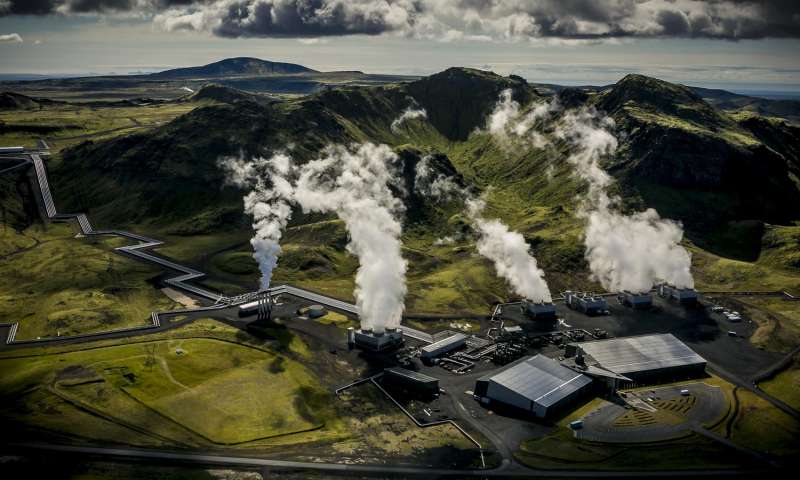
Picture is taken from: https://www.zmescience.com/science/co2-turned-into-stone/
When I first started my degree in Geology, one question has always remained in my mind for quite a while, what do I actually wanted to do when I first get into Geosciences field?
When I first started my degree in Geology, one question has always remained in my mind for quite a while, what do I actually wanted to do when I first get into Geosciences field?
The biggest question that remained
unanswered until today. I have had quiet a love and hate relationship with my
degree, like honestly who doesn't right? There is time when I feel like giving
this up and doing a completely new thing, trying something different. but the
thing is, it is not myself to not finishing things up.So I decided that
whatever is going to happen in the future, let it be, first thing first is
finishing what I have already started, this degree.
After dwelling myself, observing
others, reading the news, papers etc, something just ignites my interest in
Carbon Capture. I can say largely it is due to my third year course, Petroleum
System, where there is one part in which I have to read papers about the
Scotland Carbon Capture and Storage and I find that really interesting and
somewhat, what this entire world is really in need, a better environment. And
carbon capture remained the biggest contributor for solving this at the moment.
Main Topic
So, I decided to attend the talk from Dr. Sandra from Reykjavik Energy. where she talk about new finding in Iceland where instead of storing the carbon captured or produced from the power plant in sedimentary rocks, they store them in basaltic rocks as Iceland is basically made up of basaltic rocks. hence, they have quite a large storage stocks.
So, I decided to attend the talk from Dr. Sandra from Reykjavik Energy. where she talk about new finding in Iceland where instead of storing the carbon captured or produced from the power plant in sedimentary rocks, they store them in basaltic rocks as Iceland is basically made up of basaltic rocks. hence, they have quite a large storage stocks.
Techniques and Results
To the surprised of everyone, the
first process of CO2 injection into the basaltic crust have mineralised about
95% of the CO2 in just two years time when they initially thought the process
will take up hundreds or thousands years of times. This has shed the light and
new hope in reducing the Carbon content in the atmosphere. In the same time,
new questions arise, how much CO2 can be stored by Iceland? I'll leave that for
us to together think about this
After their pioneer project in
2012 shows applauding results, in 2014, CarbFix,started their industrial scale
project and later joined with ClimbWork in 2017 for better financial condition.
As of 2018, CarbFix 2 project is on its way where they planned to use seawater
for the injection.
Important
This talk is basically opening a new door possibilities for a better environment. Let's all hope and make effort
together to ensure the environment that will be passed down to the next
generation is in its best condition.
More info on this can be read;
https://www.zmescience.com/science/co2-turned-into-stone/
https://www.sciencenews.org/article/volcanic-rocks-help-turn-carbon-emissions-stone-%E2%80%94-and-fast
More info on this can be read;
https://www.zmescience.com/science/co2-turned-into-stone/
https://www.sciencenews.org/article/volcanic-rocks-help-turn-carbon-emissions-stone-%E2%80%94-and-fast
Next post : A New View of Seafloor Spreading
Date : 04/10/2018
Venue: LT 201
Speaker: Dr Sandra Snæbjörnsdóttir
from Reykjavik Energy
No comments:
Post a Comment